The word was costing him money.
Not a lack of strategy. Not bad data. Just... the wrong vocabulary.
At the Higher Ed Facilities Forum (HEFF), James Stephens, VP of Infrastructure & Sustainability at Georgia Tech, told a room of college and university facilities officers how one of his biggest infrastructure proposals almost got blocked—because of the way it was written.
“You can have the money—just don’t write it up the normal way.”
That “normal way,” he said, was full of idealistic language about solving the world’s problems. It read like a mission statement. But what stakeholders wanted was a business case.
Sustainability Has a Messaging Problem
Stephens realized that how a project is framed can be just as important as what it actually does.
“Sustainability has become a trigger word in many cases,” he said, noting that even well-intentioned proposals can hit roadblocks if they’re wrapped in language that doesn’t resonate with everyone.
The term means different things to different people—and that can create unintentional resistance.
Rather than trying to win everyone over with the same message, Stephens adjusts the way he talks about the work. The goal, he said, is to focus on shared outcomes—like energy savings and operational efficiency—so more people can get behind the project, regardless of their views or background.
Say the Same Thing, a Different Way
Stephens’ strategy is simple: drop the buzzwords, keep the work.
“If you're talking to people who don't believe in sustainability, just don't use ‘sustainability’ or ‘greenhouse gas’ in the vocabulary—but they'll go for energy savings every time.”
He talks about utility savings instead of carbon reduction. Operational efficiency instead of environmental goals. It’s all the same work—just communicated in a way that aligns with the priorities of his audience.
"I'm not an evangelist that I'm going to go and try to convince someone to change their beliefs,” he said. “That's not my job. I just want to do my work. I want to get my projects done.”
If the Math Isn’t Obvious, Move On
Stephens uses a clear rule for evaluating projects:
“How much it costs, how much I save—not a lot of squinting my eyes and trying to make myself see something.”
If the financial return isn’t immediately visible, he skips it.
“If I can't see it… I go to the next project because I've got enough good projects with big returns on them.”
That mindset helped him push forward major work at Georgia Tech—like replacing aging steam systems with district hot water loops powered by heat pumps, projected to save $5–6 million annually over time.
Don’t Drown in Data
It’s not just the financial math Stephens simplifies. His approach to data follows the same logic.
“We’ve got to simplify it,” he said. “Funnel it down… prioritize automation.”
Instead of installing more and more sensors—many of which go uncalibrated—Stephens emphasizes using existing data in smarter ways.
“I don't calibrate all the sensors I've got. I don't even know if all the sensors I've got are working.”
He focuses on identifying patterns and relationships within current systems and then leveraging automation and AI tools to support smarter, faster decisions—without overwhelming the team or the infrastructure.
Focus on What Works
Stephens played a key role in Georgia Tech’s climate action plan—but only moved forward on the parts that made financial sense at the time.
“Let’s get the ones that we can agree on done,” he said. “Why do I have to bother and fight over the ones that are maybe a little suspicious to some folks on the team?”
The rest, he handed off to the researchers.
“Wait a second—y’all are researchers. Figure it out. Give me something that I can make financial sense of.”
Bring More People to the Table
Stephens isn’t interested in division—he’s focused on alignment.
“My goal is to win people over regardless of their ideology because I need them all,” he said. “I don't need half of the people agreeing, half the people disagreeing. I need at least a good solid 70–80% in the bucket.”
He knows where the funding comes from—and how to keep conversations productive.
“If I can convince and buy them in as partners—not as enemies or people that we're fighting against but partners—by linking financial as a shared language… we can work together.”
What You Can Take from This
- Reframe the message: talk money, not missions
- Use the data you already have—don’t over-sensor
- Prioritize automation and pattern recognition
- Keep ROI calculations simple and clear
- Move forward on what’s fundable now
- Focus on results everyone can rally around
“We’re buying in people that were not previously bought into sustainability at all.”
Watch the full talk below:

Posted by
Join us at HEFF!
An interactive retreat for facilities leaders at the nation's top colleges and universities.
Nov 8-10, 2026 | San Antonio, TX
Learn More

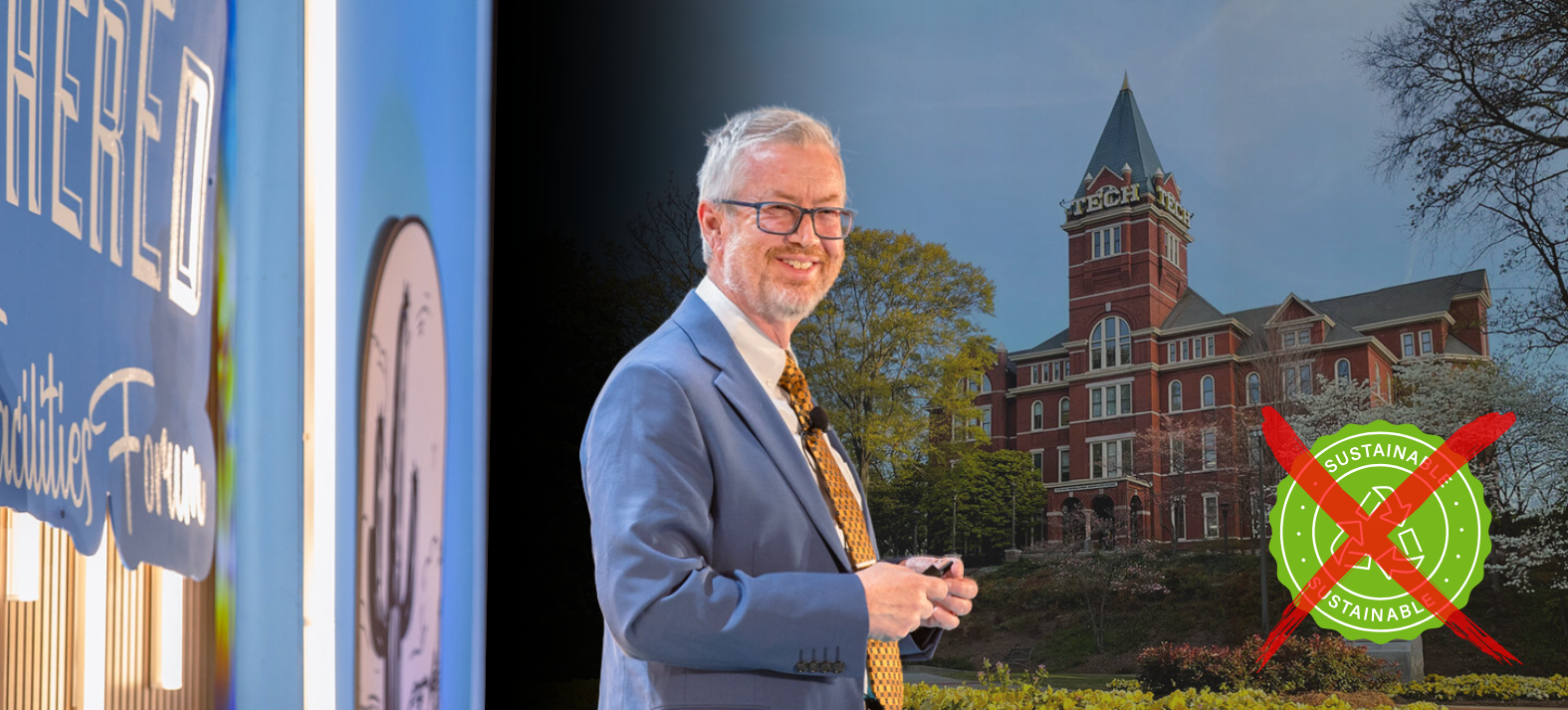

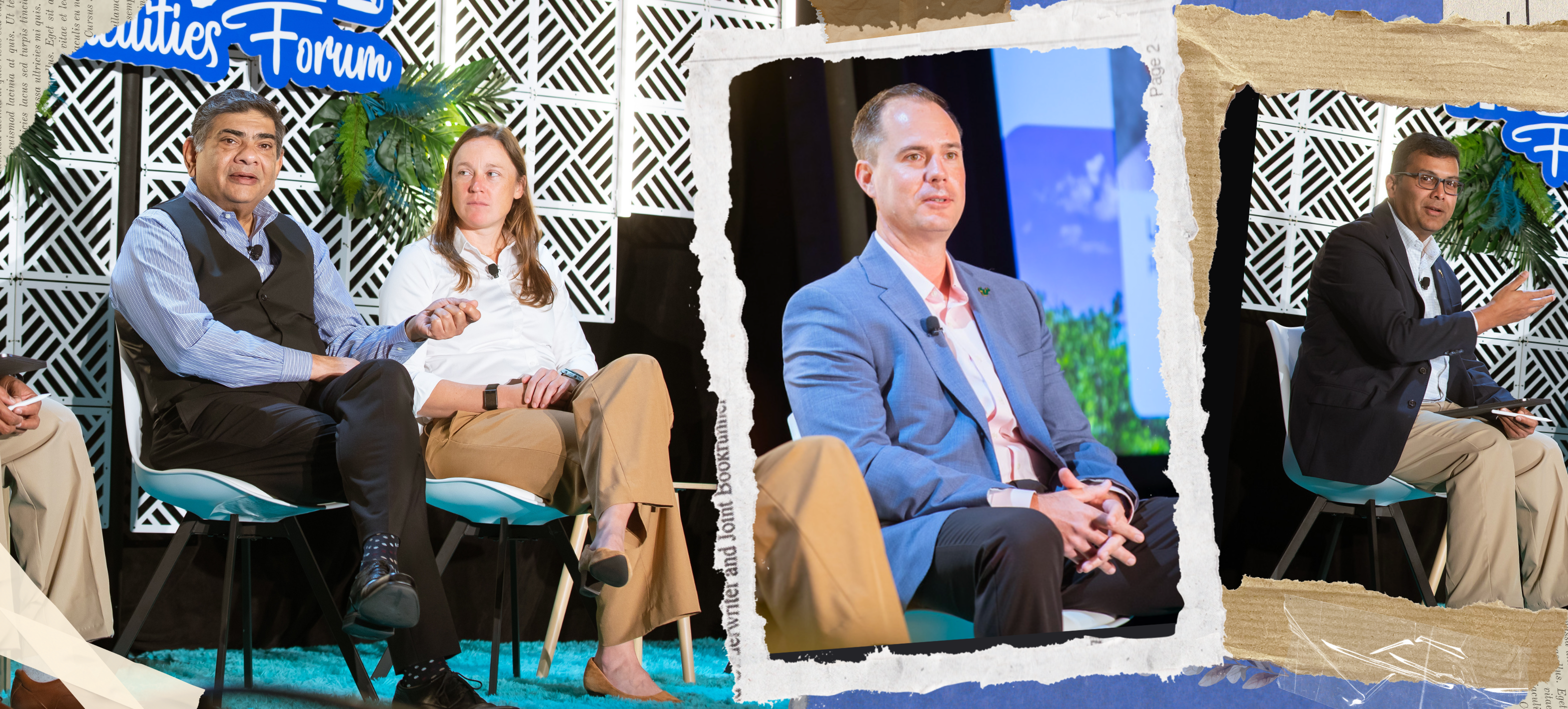
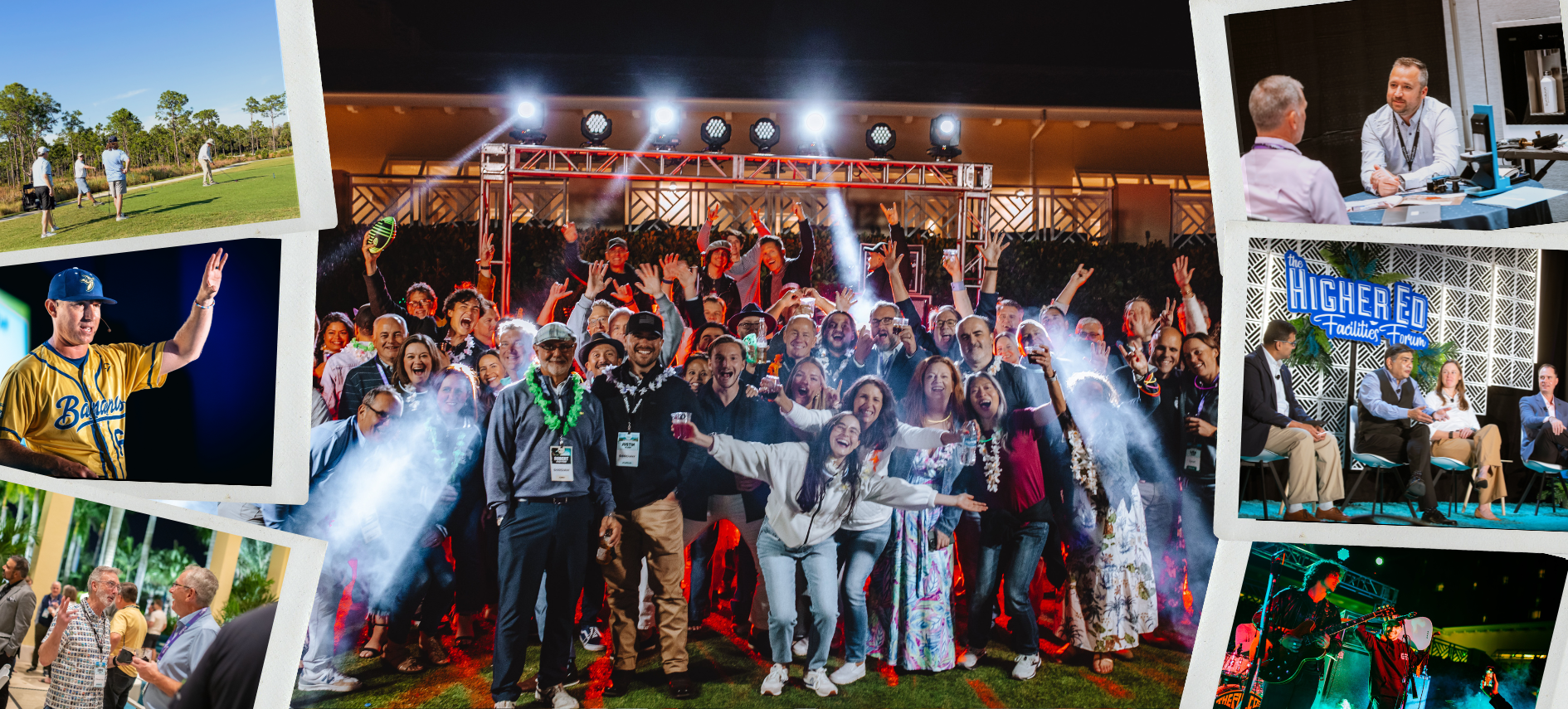
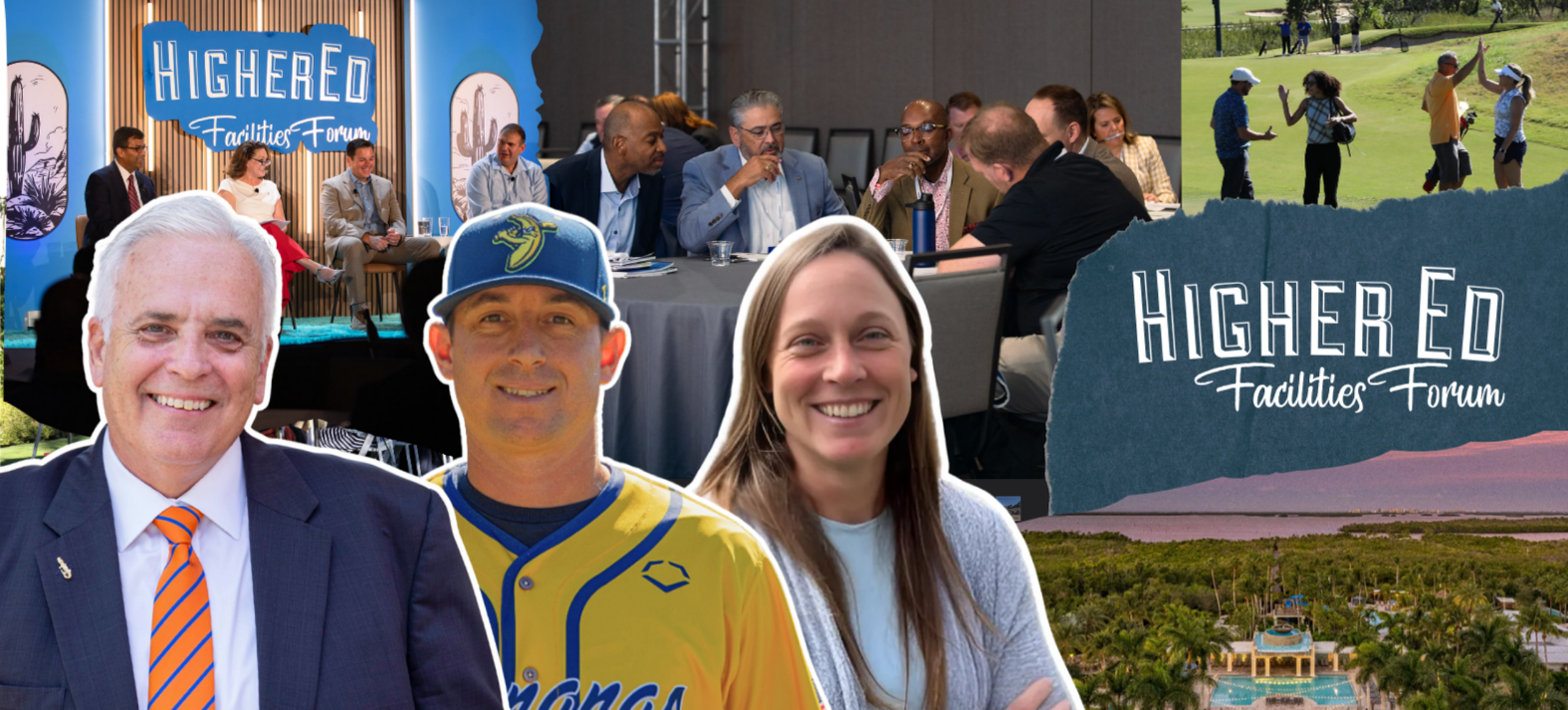
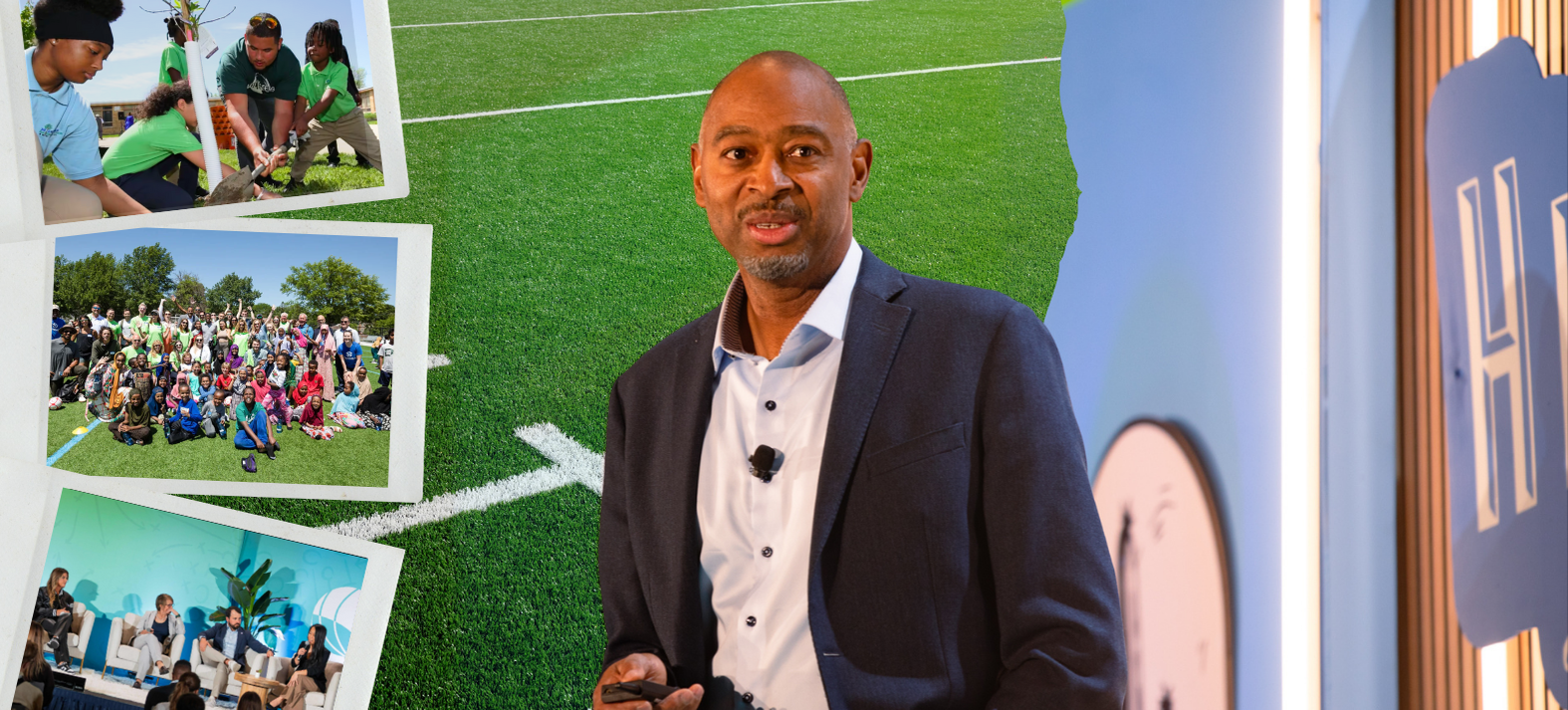

Comments